What fictional novel by Jules Verne is written about the classic story of Phileas Fogg making a wager with his friends in London that he could circumnavigate the globe in a certain number of days?
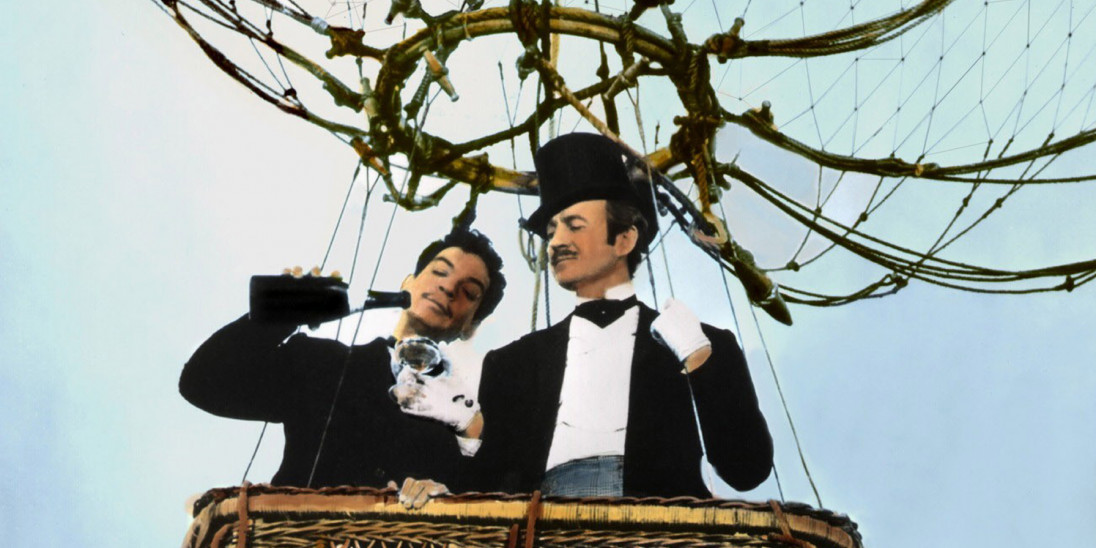
Around the World in 80 Days!
Surprisingly, Phileas Fogg does not actually travel in a hot air balloon in Around the World In Eighty Days. Yes, there is a mention of such travel in Chapter 32, but the idea is dropped. The iconic symbol of the hot air balloon became associated with Jules Verne’s book in the 1956 film starring David Niven. Having reached Paris in the movie, they hear that a tunnel under the Alps is blocked. The Thomas Cook agent who assists them offers to hire or sell them his hot air balloon. Fogg buys it and they fly over the Alps drinking champagne.
When does the Summer Solstice occur each year?
The summer solstice for the Northern Hemisphere occurs on June 20, 2024, at 4:51 p.m. EDT, and the summer solstice for the Southern Hemisphere occurs on Dec. 21, 2024, at 5:29 a.m. EST.
The summer solstice and subsequent longest day of the year are celebrated by many cultures around the world with numerous traditions, holidays and festivals. From sunrise gatherings to midsummer festivals, summer solstice celebrations certainly blow the winter cobwebs away.
Kate Gleason became the first woman engineering student to enroll in the Mechanical Arts program at which university?

Hint: It's other name is Sibley College.
Cornell University
Prior to gaining renown as an industrialist, banker, inventor, and land developer — before anyone referred to her as the “First Lady of Gearing” or the “Marie Curie of Machine Tooling” — Kate Gleason was a Cornellian known as “Sibley Kate.” Among her fellow first-year engineering students in Sibley Hall, then home to Cornell’s Sibley College of Mechanical Engineering and Mechanic Arts, Gleason certainly stood out. Upon enrolling in 1884, she had become the first woman to ever study engineering at Cornell.
What are some examples of small water vessels? What are some large ones?
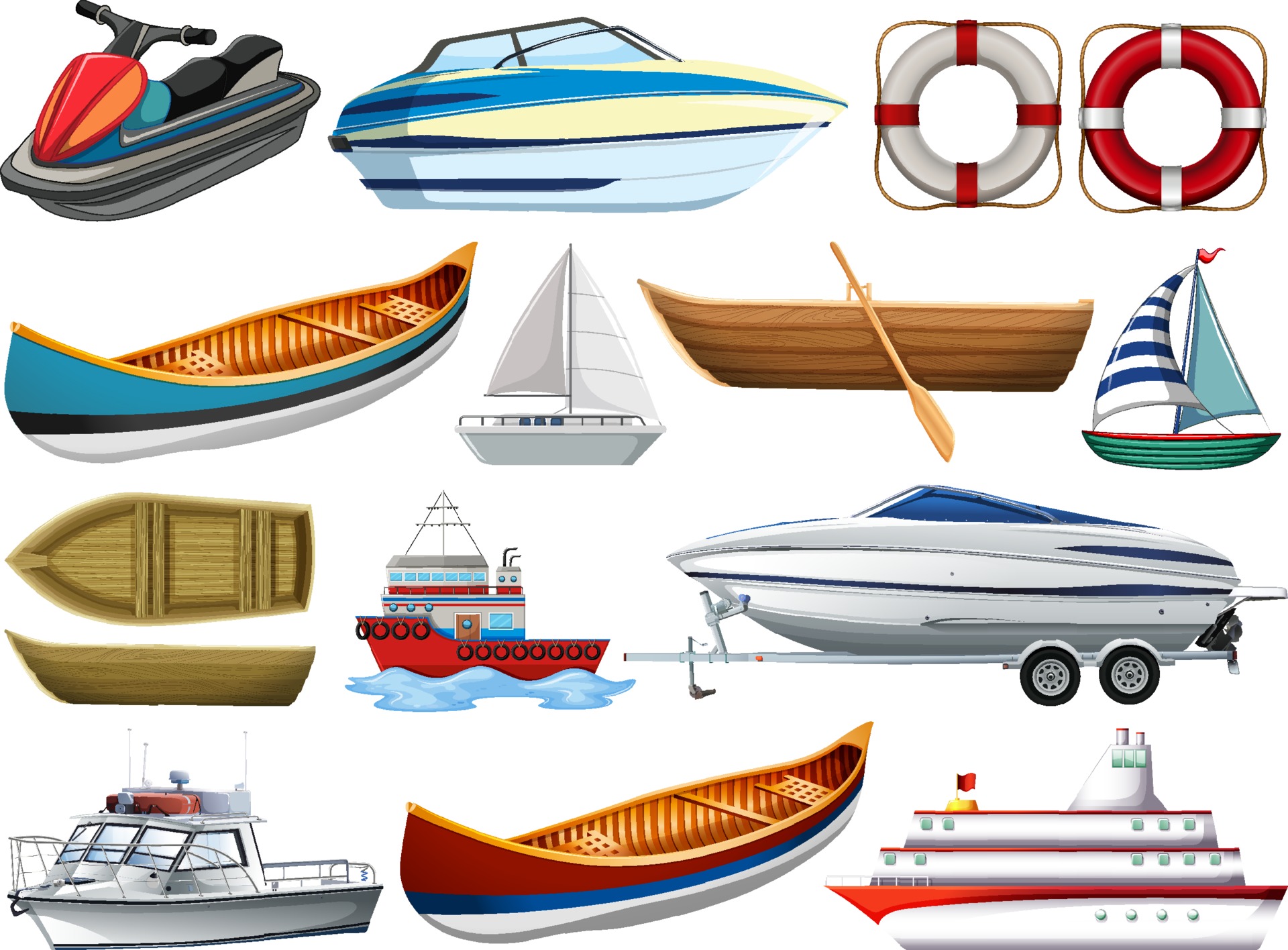
What is your favorite sailing vessel to travel with?
Some small ones are jetskis, canoes, rowboats and sailboats. Some large ones are yachts, ferries, barges and cruise ships.
Historical evidence suggests that the boat has been used for transportation since pre-historic times. However, from the oldest known boat named dugouts, the evolution of the watercraft has now reached luxurious motor yachts. Apart from recreational purposes, boats have also served an integral purpose in the modern commercial world by allowing active transportation of both passengers and cargo, wherever short distances are concerned.
What is the largest rainforest in the world?

The Amazon
The Amazon represents over half of Earth's remaining rainforests, and comprises the largest and most biodiverse tract of tropical rainforest in the world, with an estimated 390 billion individual trees in about 16,000 species. The name Amazon is said to arise from a war Francisco de Orellana fought with the Tapuyas and other tribes. The women of the tribe fought alongside the men, as was their custom. Orellana derived the name Amazonas from the Amazons of Greek mythology, described by Herodotus and Diodorus.
True or False: The first passengers on hot air balloons were humans.

False, they were animals!
On September 19, 1783 Pilatre De Rozier, a scientist, launched the first hot air balloon called 'Aerostat Reveillon'. The passengers were a sheep, a duck and a rooster and the balloon stayed in the air for a grand total of 15 minutes before crashing back to the ground. The first manned attempt came about 2 months later on November 21st, with a balloon made by 2 French brothers, Joseph and Etienne Montgolfier. The balloon was launched from the centre of Paris and flew for a period of 20 minutes. The birth of hot air ballooning!
True or False: The Summer Solstice is the shortest day of the year.

False, it's actually the longest!
The summer solstice occurs in June in the Northern Hemisphere and marks midsummer: the 'longest day' and 'shortest night' of the year. On this day, the number of hours of daylight are at their maximum, while the number of hours of night are at their minimum. However, while most people consider the summer solstice to be a day, it is in reality an exact moment in time that falls upon that day. This moment comes when whichever hemisphere you're in is most tilted towards the Sun.
True or False: Catherine Greene actually helped invent the cotton gin but Eli Whitney got all the credit.

True!
Research by both Amram and Macdonald reveals that plenty of women inventors never received credit for their work, including two who had a hand in Colonial America’s most famous inventions. It was Catherine Greene, according to some 19th-Century accounts, who helped her farm mechanic, Eli Whitney, build the first cotton gin. And it was an early design by Ann Harned Manning that led to the creation of Cyrus McCormick’s famous reaper.
True or False: The left and right sides of the boat are referred to as driver's side and passenger's.
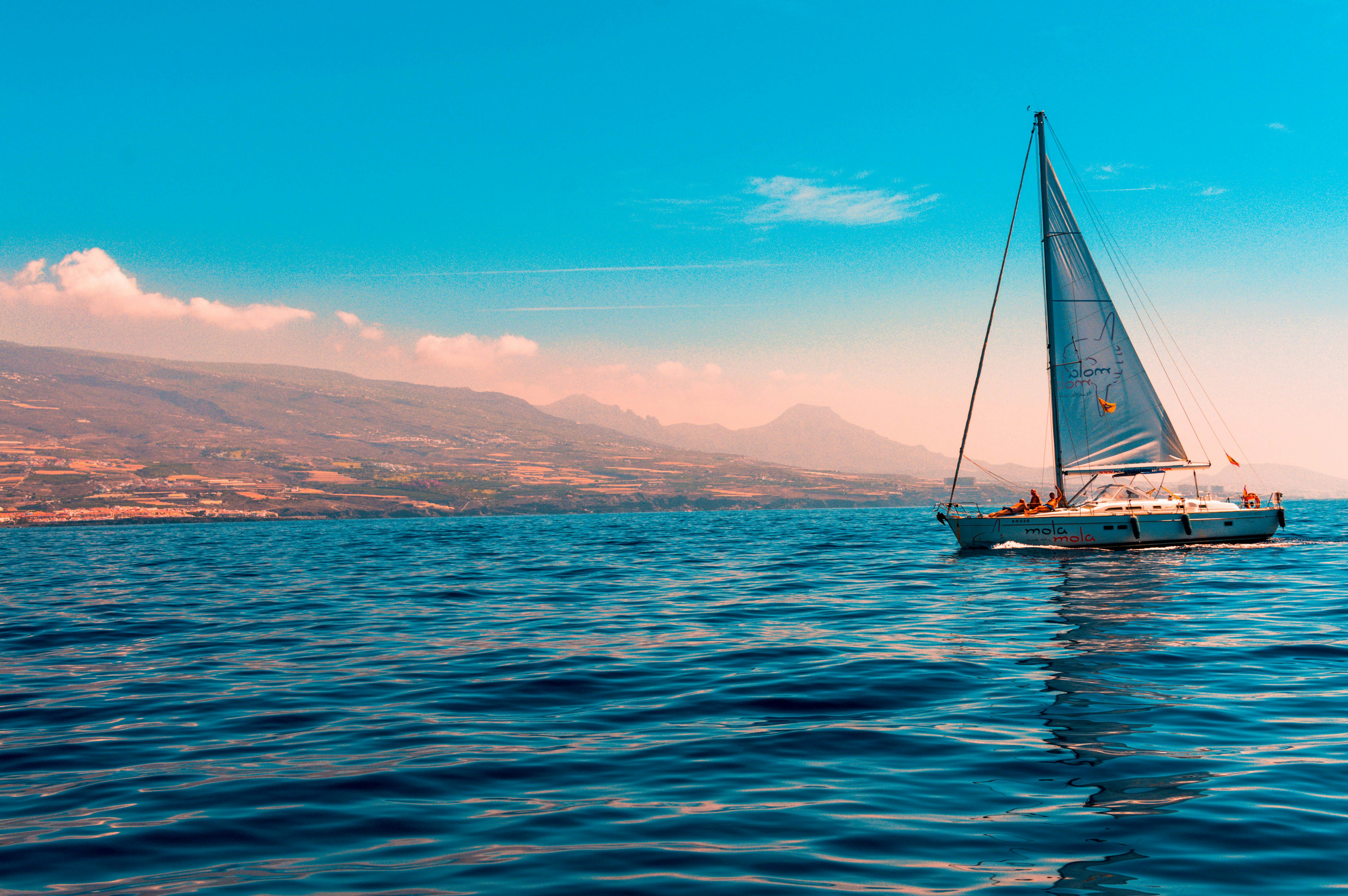
False, they are port and starboard!
Since port and starboard never change, they are unambiguous references that are independent of a mariner’s orientation, and, thus, mariners use these nautical terms instead of left and right to avoid confusion. When looking forward, toward the bow of a ship, port and starboard refer to the left and right sides, respectively.
True or False: Many common houseplants originated in the rainforest.

True!
Some common houseplants which originally came from rainforests are orchids, bird of paradise flowers, ferns, fiddle-leaf and weeping figs, bromeliads, palms, monstera and pothos. Most of these plants have adapted to less tropical climates with less watering to survive in our living rooms.
How hot is the air inside a hot air balloon above ambient temperature?
a. 50 to 60 degrees C
b. 90 to 100 degrees C
c. 150 to 160 degrees C
d. 190 to 200 degrees C
b. 90 to 100 degrees C
Increasing the air temperature inside the envelope makes it less dense than the surrounding (ambient) air. The balloon floats because of the buoyant force exerted on it. This force is the same force that acts on objects when they are in water and is described by Archimedes' principle. The amount of lift (or buoyancy) provided by a hot air balloon depends primarily upon the difference between the temperature of the air inside the envelope and the temperature of the air outside the envelope. For most envelopes made of nylon fabric, the maximal internal temperature is limited to approximately 120 °C (250 °F).
What kind of energy does the sun emit the most strongly?
a. Ultraviolet
b. Infrared
c. Gamma Rays
d. Visible Light
b. Infrared
Over half of the Sun’s energy that reaches Earth is infrared radiation, while just 2-3% is ultraviolet radiation. Some of the infrared energy that reaches Earth is absorbed by the atmosphere and some reaches Earth’s surface and is radiated back into the atmosphere as the surface warms. We tend to think of Infrared energy as heat, though Infrared radiation is not quite the same thing as heat. All objects warmer than absolute zero (-273°C) give off infrared energy, but in different amounts based on the object’s temperature.
When her husband, Washington Roebling became sick, Emily Roebling became the Chief Engineer and oversaw the construction of the ________________.
a. Golden Gate Bridge
b. Statue of Liberty
c. Empire State Building
d. Brooklyn Bridge
d. Brooklyn Bridge
After Washington and his father both suffered injuries and sickness, Emily stepped up in her husband’s stead and became the driving force moving the project forward. Initially serving as her husband’s secretary— taking notes from him about what needed to be done next— she soon assumed command of the project in all but name, negotiating supply materials, overseeing contracts, addressing labor strife, and acting as a liaison between her bedridden husband and the bridge’s board of trustees. According to one biography, Emily became a kind of “surrogate chief engineer” who used her “superb diplomatic skills” to manage competing parties.
What is the main body of a boat called?
a. Crows nest
b. Deck
c. Hull
d. Galley
c. Hull
A hull is the watertight body of a ship, boat, submarine, or flying boat. The hull may open at the top (such as a dinghy), or it may be fully or partially covered with a deck. Atop the deck may be a deckhouse and other superstructures, such as a funnel, derrick, or mast. The line where the hull meets the water surface is called the waterline.
How many of the living animal and plant species on earth live in rainforests?
a. 25%
b. 50%
c. 75%
d. 90%
a. 50%
Because tropical rain forests are some of the oldest ecosystems on earth, they are home to a diverse population of plants and animals. In fact, around 50% of the world’s land-dwelling plants and animals can be found here — with new species still being discovered. Over 200,000 species of plants thrive in rain forests. This abundance is due to the warm, humid environment and includes some of the most beautiful and interesting flora.
What drink do hot air balloonists have as a post-flight tradition?

Champagne
On one of the first successfully manned balloon flights, the passengers carried along a bottle of champagne to enjoy during the flight, but instead of actually drinking it, it was used as an offer of goodwill to the farmers whose field their balloon had landed in. The champagne convinced the farmers that the balloon was far from being a fierce dragon, and acted as an apology or peace offering for disturbing the land and animals grazing in the field. Today, upon landing, it remains a tradition with balloonists’ around the world to offer champagne to passengers after a hot air balloon ride, and recite the Balloonist’s Prayer:
“The winds have welcomed you with softness. The sun has blessed you with his warm hands. You have flown so well and so high, that God has joined you in your laughter and set you gently back again into the loving arms of mother earth.”
On the summer solstice, the Sun reaches its most northernmost position in the sky. This is called The Tropic of __________.

Cancer
While you've probably heard of the North and South poles, you may not be as familiar with the other circles of latitude. And while there aren't proper names for all of them, there are five major ones to know: the equator, the Tropics of Cancer and Capricorn, and the Arctic and Antarctic circles. The Tropics of Capricorn and Cancer were delineated because they are both places within the hemisphere where it's possible for the sun to be directly overhead. For ancient travelers who used the heavens to guide their way, these were crucial demarcation lines.
In 1859, Martha Coston created and patented a device for signaling at sea during the Civil War. What was this device?

The Flare
Martha’s flares served as the basis of a system of communication that helped save lives and win battles during the Civil War. She spent ten years testing and refining her process of night flares before patenting it in 1859. The Coston signal flare used bright and long-lasting flares in red, white, and green for ship-to-ship or ship-to-land signaling over great distances.
What are some of the important parts of a ship which are used for sailing?
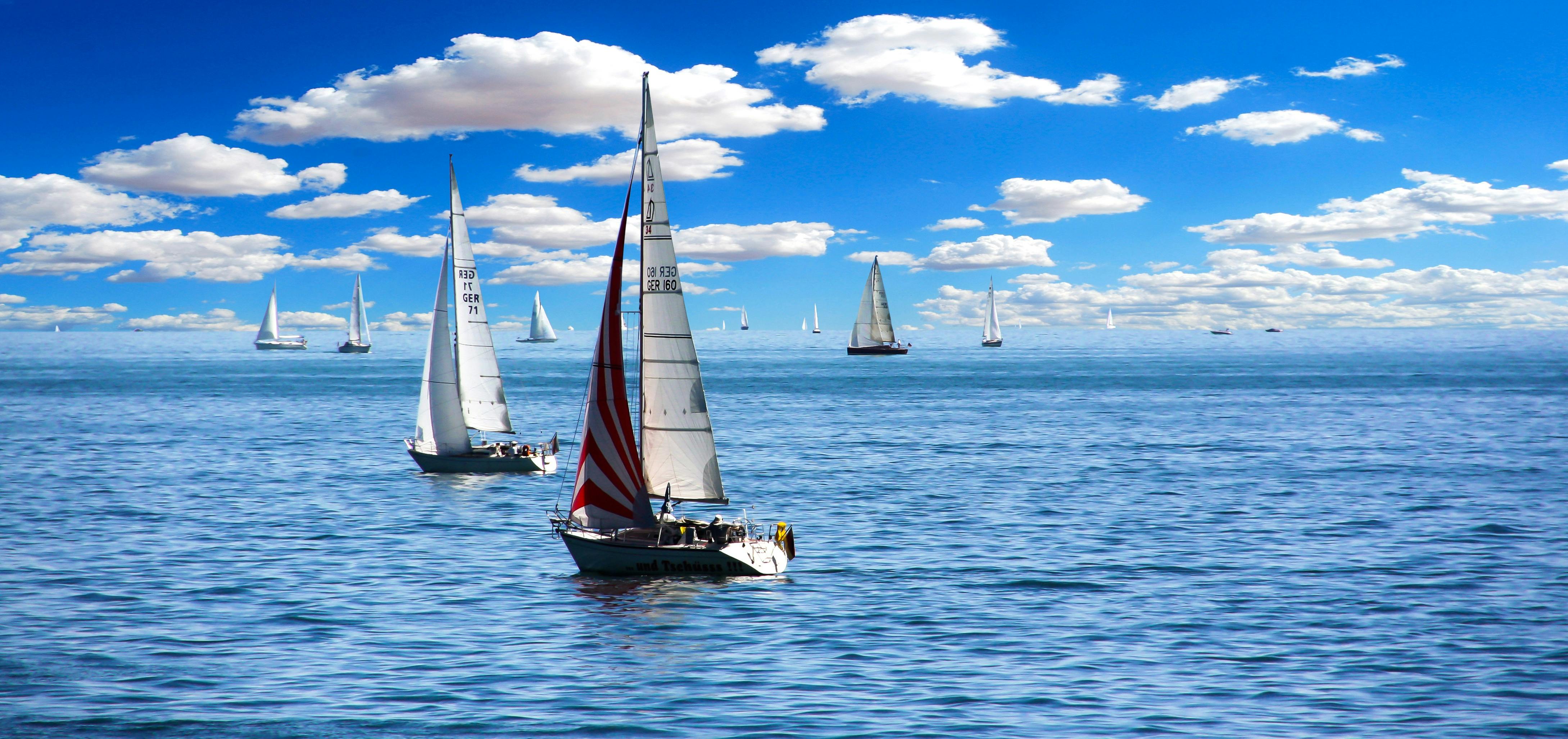
The sails, rudder, mast, halyards, sheets, boom, hull and keel are some of the important parts used for sailing.
Use of the wind is one of the oldest forms of powering a vessel. Sailboats range in size and complexity, but all have basically the same four components. The hull carries the passengers and supports the rigging. The rigging includes many parts of the sailboat, such as the lines (sheets and halyards), mainsail, headsail (jib), boom, and mast. The keel or centerboard is attached to the bottom of the hull and keeps the boat from sliding sideways through the water. The rudder is used to steer the sailboat, turned by a tiller or steering wheel.
What are some of the types of wildlife which live in rainforests?

Monkeys, sloths, tapirs, jaguars, ocelots, kinkajous, lemurs, tropical birds, frogs, salamanders, bugs, snakes and lizards.
There are also indigenous cultures of people that live in and depend on the rainforest. Some of the tribes that can be found here include the Yanomami and Kayapo tribes of the Amazon, the Huli of Papau New Guinea, and the Pygmies of Central Africa. Some tribes have had little, if any, contact with outside civilizations, while others seek to legally protect the lands on which they live.
What kind of weather should hot air balloons not be flown in?
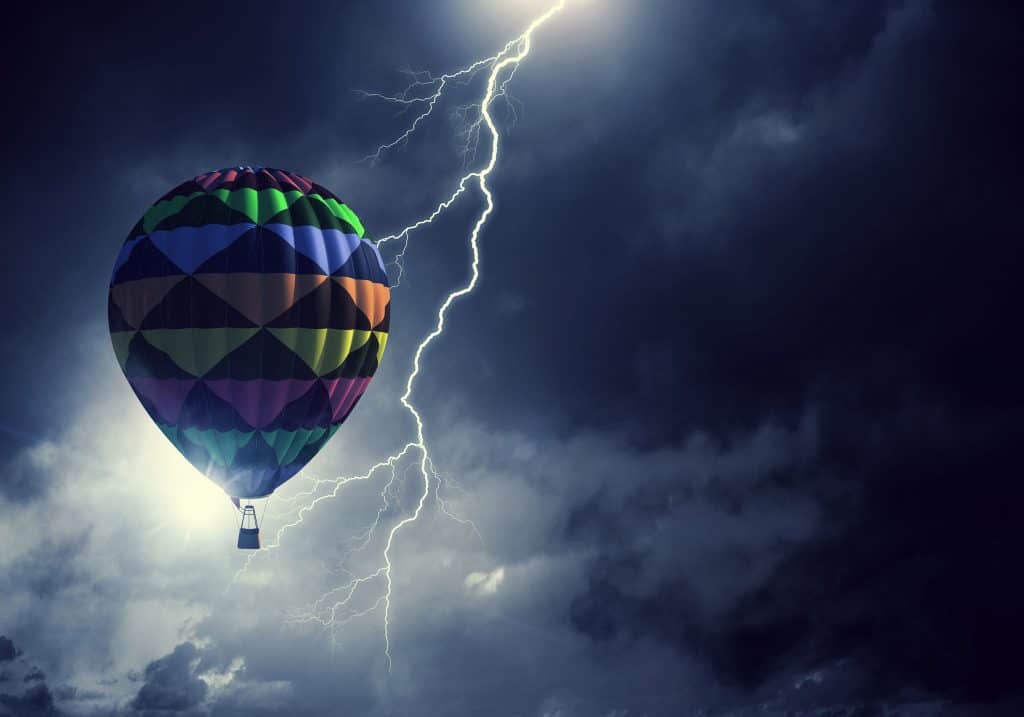
Hot air balloons do not fly in the rain, fog, high wind, when it’s too hot, or when thunderstorms are within 100+ miles.
Sometimes it’s obvious to everyone that the weather isn’t good to fly that day (raining and a thunderstorm in the area). Other times, the sky is blue and clear of clouds, but still unsafe to fly. Pilots making those safety decisions have a deep understanding of weather and spend a ton of time becoming weather dorks.
What does the word "Solstice" mean in Latin?

The word solstice is derived from the Latin sol ("sun") and sistere ("to stand still"), because at the solstices, the Sun's declination appears to "stand still"; that is, the seasonal movement of the Sun's daily path (as seen from Earth) pauses at a northern or southern limit before reversing direction.
What are some of the types of engineering that women work in?

Chemical, Industrial, Aerospace, Civil, Computer Hardware, Mechanical and Electrical.
In 2023, men outnumbered women in the global engineering workforce 86.3% to 13.7%. While this percentage of women in engineering is a decrease from 14.88% in 2020, figures over the years indicate a general increase in the percentage of women employed in engineering worldwide. 35% of women engineers in America are in the field of environmental engineering, while only 9% chose mechanical engineering and 8% are in petroleum engineering.
What do the following sailor phrases mean?
1. "As the crow flies"
2. "Footloose and fancy-free"
3. "Above board"
4. "Three sheets to the wind"
1. The most direct route from one place to another without detours. Before modern navigational systems existed, British vessels customarily carried a cage of crows. These birds fly straight to the nearest land when released at sea, thus indicating where the nearest land was.
2. The word comes from the name of the bottom of a sail – the foot – which must be attached to the boom. If it is not properly attached it may become “footloose” causing the vessel not to sail properly. Footloose and fancy-free have come to mean someone acting without commitment.
3. Ships that displayed crew openly on the deck were thought to be honest merchant ships known as “above board.” Pirates would often hide much of their crew below the deck.
4. This expression meant that one did not have control of the vessel because one had lost control of the sheets or lines. Today the expression is used to refer to someone who is drunk or does not have control of himself or herself.
What do rainforests do to help fight climate change?
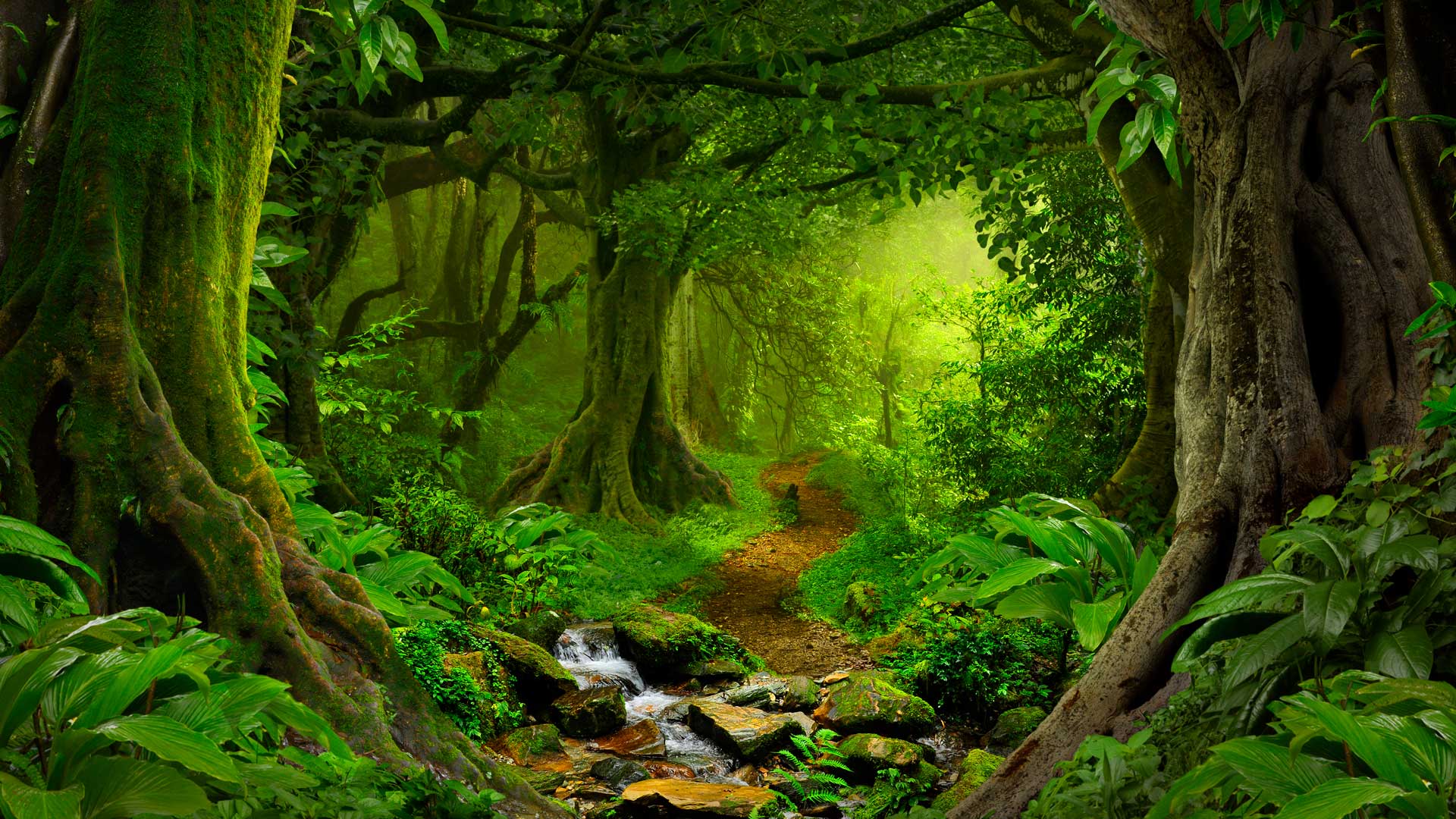
Rainforests absorb more carbon than they release. The absorption of carbon helps regulate temperatures and fight climate change.
The Amazon rain forest absorbs one-fourth of the CO2 absorbed by all the land on Earth. The amount absorbed today, however, is 30% less than it was in the 1990s because of deforestation. A major motive for deforestation is cattle ranching. China, the United States, and other countries have created a consumer demand for beef, so clearing land for cattle ranching can be profitable—even if it’s illegal. The demand for pastureland, as well as cropland for food such as soybeans, makes it difficult to protect forest resources.
